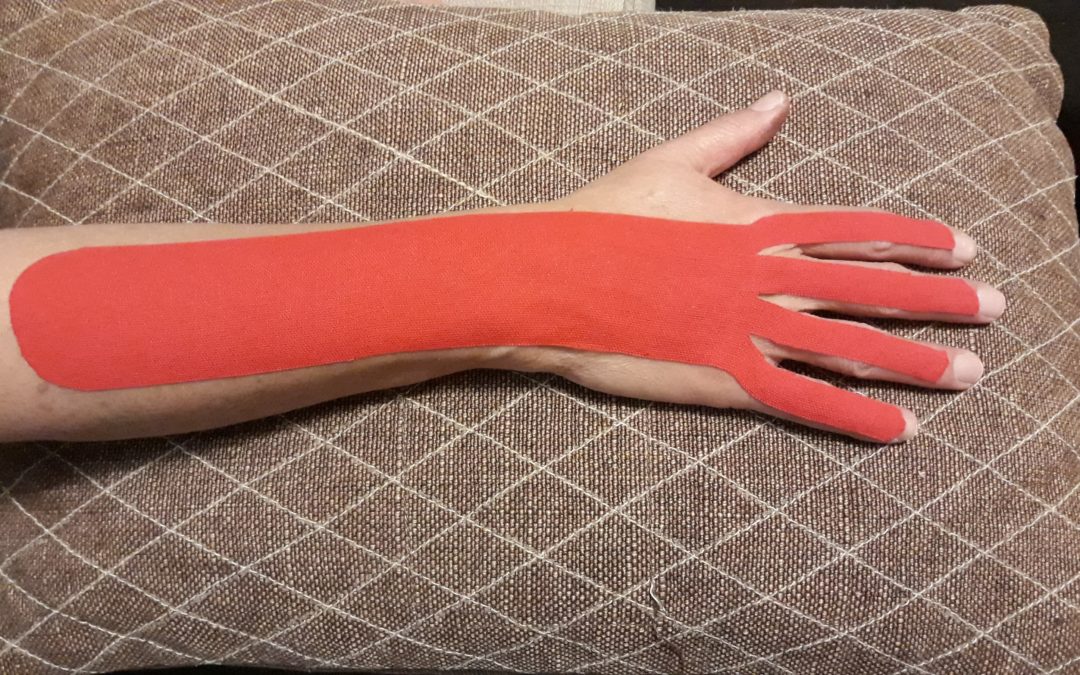Much of the research that is completed in manual therapy is “quantitative”- that is they measure an objective variable such as grip strength, jump height, force produced etc. There are few published papers that are “qualitative” in nature, that is that ask participants how they felt with a particular intervention and what effect it had on their quality of life for example. This is an important aspect of any intervention and something the manual therapy world acknowledges in the “biopsychosocial approach” to clinical care, but it doesn’t always carry over to research. We would typically expect that if a quantitative marker improved, then it was a positive experience, however this is not always the case, as some interventions can be uncomfortable, create other unpleasant feelings such as further disability (eg. having to wear a brace in public) or have negative side effects that are not part of the objective measurement- in short, the “cure” can seem to be worse than the complaint!
A group of researchers from Southern California undertook a qualitative study of 15 people with carpal tunnel syndrome (CTS) who wore kinesiology tape on the back of their wrist, forearm and hand. These people were part of a larger study that was comparing the effect of this taping application with a “sham taping” group and a splinting group for the management of carpal tunnel syndrome.
The participants were aged between 23 and 67 years old and had their symptoms from 6 months to 10 years. They wore the kinesiology tape on the back of their wrist, hand and fingers over a period of 14 days. The researchers found that three key themes emerged related to the CTS symptoms:
- Positive effect of the tape on pain
- Positive effect of the tape on functional performance
- Increase in self efficacy as a result of the tape
Effect on pain
Most people reported a reduction in pain, with some reporting immediate relief whilst others reported relief after a number of applications. Even those with more chronic CTS of many years reported pain relief with taping. This decrease in pain was likely a reason for the reported improvement in functional performance.
Effect on functional performance
Thirteen of the fifteen participants reported an increase in their capacity to perform their activities of daily living. Participants commented that they were “better able to tolerate work tasks and writing, engage in leisure pursuits, grasp objects, complete self-care activities and drive longer distances with less pain”. The ability to more easily perform everyday activities was most likely the driver for increased self efficacy. Some participants also stated that they felt less conspicuous with the tape on their arm when compared with wearing a splint.
Two participants felt that overall, the tape made little or no effect on their pain and function. It would be expected that some participants would feel this way, as it is very rare that an intervention being tested would have a positive effect on every individual.
The main drawbacks reported by the participants related to the tape tending to peel when exposed to water in handwashing, bathing etc, and some sense of itchiness at times. The peeling of the tape was also an issue with putting hands in pockets or through the sleeves of clothing. Keeping tape in place on the back of the hand and fingers is always a challenge and as such, it would be interesting to test the effectiveness of the taping application if the fingers were not taped and the application could stop on the back of the hand. This would typically mean that the application would be more “robust” for daily activities as there would be less edges of tape to lift.
Overall, this paper presents some positive reasons for trying kinesiology tape as an alternative in the conservative management of CTS. It is a low cost, low risk technique that may assist to reduce pain, improve function and self efficacy.
Krause, D., Ryan, S., Krpalek, D., Roll, S., Javaherian-Dysinger, H. & Daher, N., (2019). Participants’ perceptions of Kinesio tape for carpal tunnel syndrome: a qualitative study. Hand Therapy doi: 10.1177/1758998319841646
